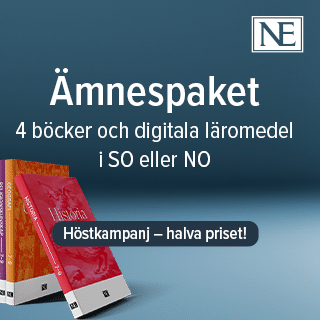Beyond the plate: Food and health, aesthetics and meaning-making in Home and consumer studies
Gita Berg vill med sin avhandling bland annat öka förståelsen för estetiska värden som en del av matutbildningspraktiker i ämnet hem- och konsumentkunskap.
Gita Berg
Professor Ylva Mattsson Sydner, Uppsala universitet. Docent Eva Lundqvist, Uppsala universitet
Professor Päivi Palojoki, University of Helsinki
Uppsala universitet
2024-06-14
Abstract in English
The overall aim of this thesis is to cultivate understandings of how meanings regarding food and health are made within the school subject home and consumer studies (HCS). The thesis builds on empirical data generated through a comprehensive case study, where 12 students from one school class and their two teachers were followed in HCS over the course of a school year. The methods used were observations, interviews, focus groups, and document collection. This work comprises four papers, where Paper I covers students’ meaning-making during cooking with a focus on aesthetic judgments. The results of Paper I illustrate different ways in which the students used aesthetic judgments, and how aesthetics became integral to meaning-making. Paper II investigates food for health as educational content, using qualification, socialization, and subjectification as an analytical framework. The results exemplify how these three educational functions can be operationalized empirically, and how a given educational content opens up for meaning-making that goes beyond learning facts and skills. In Paper III, thematic analysis is used to gain an overview of which aesthetic values were constituted in the studied practices, and how. Thus, the central roles of aesthetics in HCS food education were further illustrated. Lastly, Paper IV investigates use of the plate model as a food educational tool, using three planes of analysis as a framework. The results demonstrate how the plate model can be useful in food and health education, but also that it needs to be used with caution, for example to avoid conveying a rigid message of “right” and “wrong” dishes. Taken together, the results of the four papers show how food was a central transactant in the studied practices, i.e., how the food itself became an important co-actor in the meaning-making processes. Second, the discrepancy between the students’ focus on immediate food experiences and the teachers’ instrumental orientation is highlighted. In summary, this thesis provides empirically grounded contributions to support food educational practices in general, and HCS subject didactics in particular. Additionally, it strengthens the position of HCS as a subject to be reckoned with in wider didactic contexts, as well as in the emerging field of disciplinary aesthetics.







